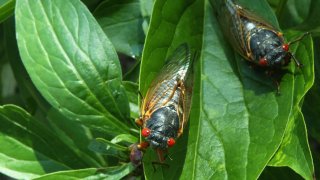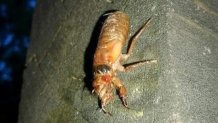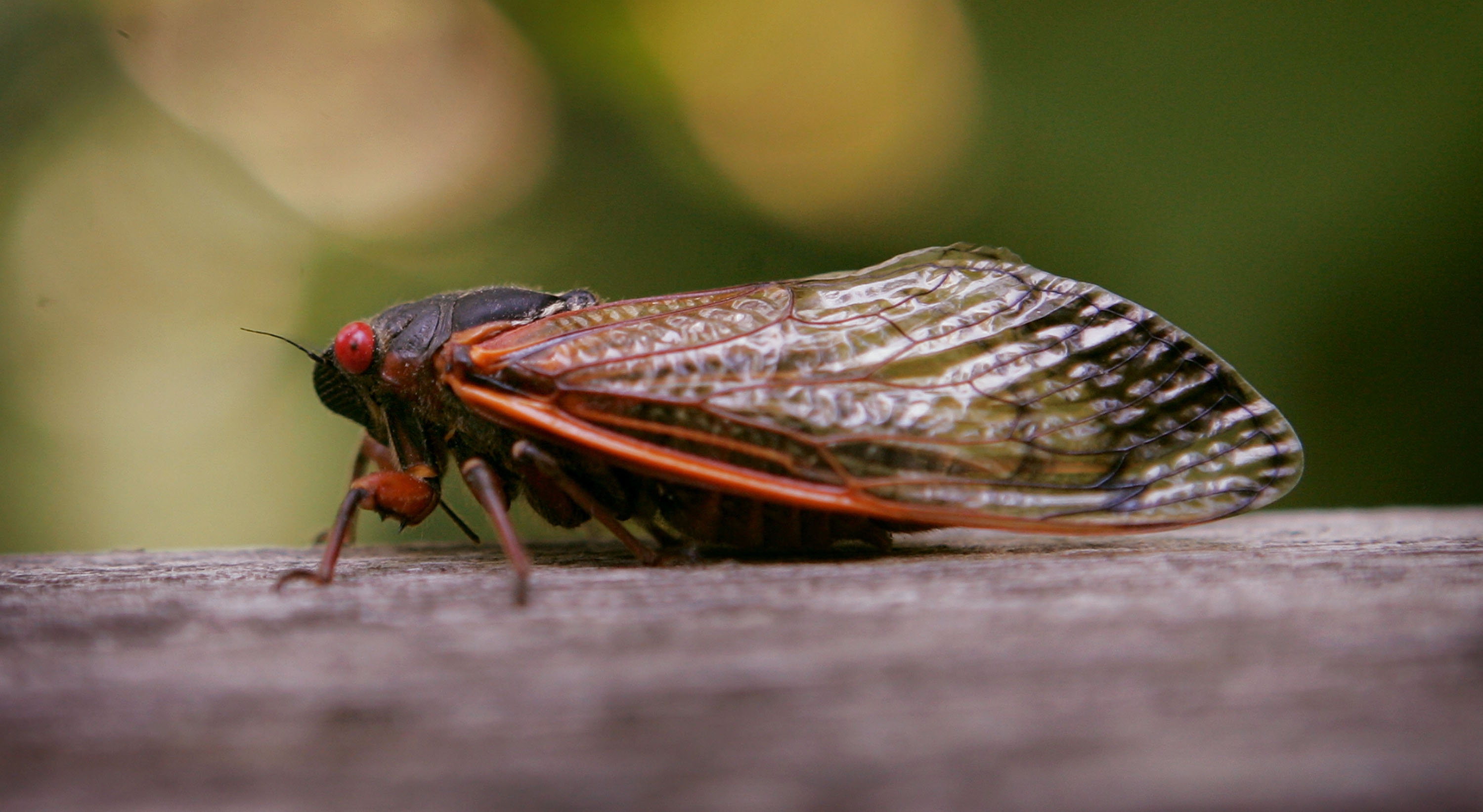
As temperatures warm, parts of Illinois will soon experience a rare occurrence: the emergence of a periodical cicada brood called "Brood X."
While Illinoisans are no strangers to the loud mating calls that come with cicadas, Brood X will bring a new population on top of the typical season, spending most of their life underground before coming to the surface to mate and lay eggs.
It's unclear if any of the trillions of cicadas have been seen yet in Illinois, but some have already been spotted not too far away.
On Facebook, Indiana State Parks shared a photo of a Brood X cicada that emerged last week at O'Bannon Woods State Park.
Feeling out of the loop? We'll catch you up on the Chicago news you need to know. Sign up for the weekly Chicago Catch-Up newsletter here.

In Illinois, the brood is expected to appear in some central and eastern counties, particularly along the Illinois-Indiana border, according to a map provided by University of Connecticut. Counties such as Clark, Edgar, Crawford, Vermilion, and others are expected to see the population most.
Once they emerge, they will likely begin mating, which is often met with the noise most associate with cicadas.
Local
“Once those cicadas are out of the ground, it’s all about romance,” said Mike Raupp, Professor Emeritus of Entomology at the University of Maryland.
Male cicadas can reach decibels similar to a lawn mower or passing jet, and their numbers will be large, but their life cycle is short, at just four to six weeks. Then, the adults die but leave behind a new generation. Those nymphs will live underground until the year 2038.
Illinois is home to two types of periodical cicadas, with both 13- and 17-year life cycles present.
Brood X is considered one of the largest of the 17-year cicada broods, and is expected to emerge in parts of 15 states in 2021.
According to PestWorld.org, 2021's Brood X, also known as the Great Eastern Brood, is set to be "one of the largest in recent history, with billions of individual insects predicted to surface."
But Brood X isn't the only brood Illinoisans should be paying attention to.
According to the University of Illinois, the northern Illinois brood, known as Brood XIII, will emerge in late May 2024 and "has a reputation for the largest emergence of cicadas known anywhere."



